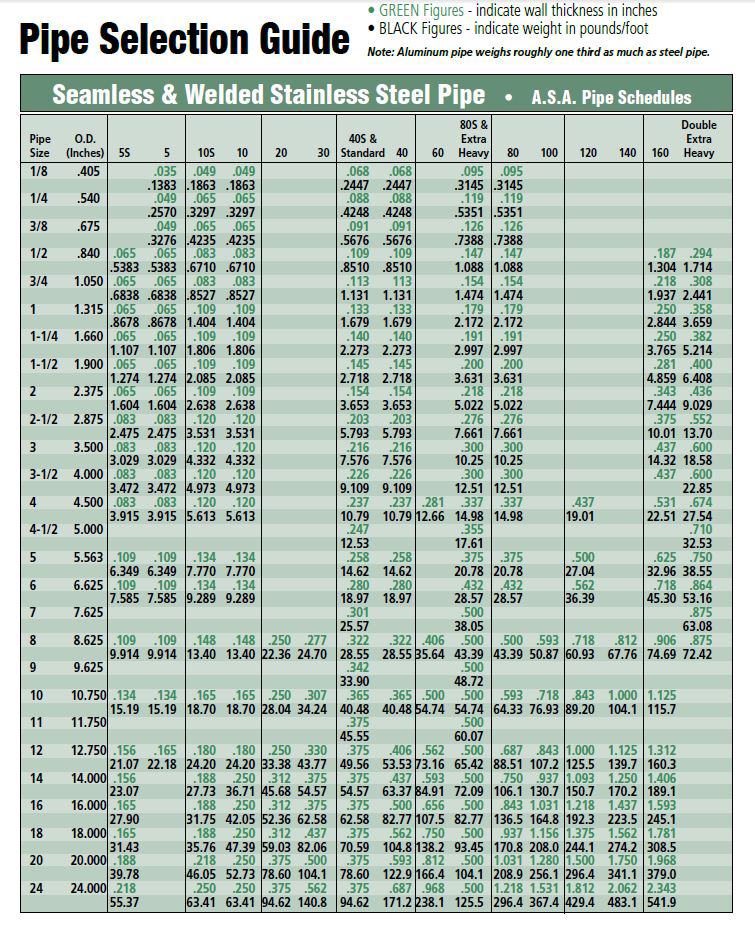

Some of the common applications that use steel pipe include: Furthermore, pipes are used both above ground and underground in a wide variety of applications. Round in shape, pipes are used as a vessel to transfer liquids and gases safely across long areas. Steel pipes can be found everywhere you look and everyone (even those not in the steel industry) know what a pipe is. In this three-part series, we will first take a deep dive into each product, and then, see how the two products stack up against each other. But why? It is time to take a journey down the tubes…err, across the pipeline to find out what exactly are the differences between pipes and tubes.

Wait…did you catch something there?! Those are two very different applications that are oftentimes lumped into the same category. Steel pipe and tube are great in a multitude of different applications – from a sprinkler overhead protecting you from harm, to wonderful architecturally exposed structures waiting to be explored. One of the most common items is pipe and tube. Walk into almost any steel warehouse, fabricator, or OEM and you will see a variety of different steel products. What is the Difference Between Steel Pipe and Steel Tube? Part I


 0 kommentar(er)
0 kommentar(er)
